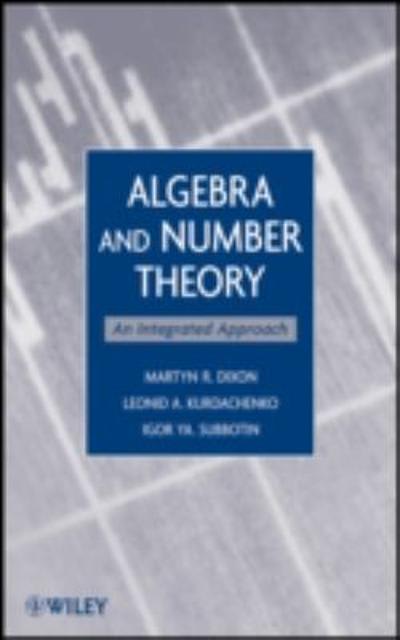Question
1. According to the College Board website, the scores on the math part of the SAT (SAT-M) in a certain year had a mean of
1. According to the College Board website, the scores on the math part of the SAT (SAT-M) in a certain year had a mean of 507 and standard deviation of 111. Assume that SAT scores follow a normal distribution.
a. What is the probability that a randomly chosen student (from all those taking the SAT-M that year) scored above 700? In other words, what proportion of students who took the SAT scored above 700? Yet another, more technical way to ask this question is, What is P(X > 700), where X represents the random variable SAT-M score?
b. What proportion of students score between 400 and 600 on the SAT-M? In other words, find $P(400 < X < 600)$.
2. Roughly 10% of all college students in the United States are left-handed. Most academic institutions, therefore, try to have at least a few left-handed chairs in each classroom. 225 students are about to enter a lecture hall that has 30 left-handed chairs for a lecture. What is the probability that this is not going to be enough; in other words, what is the probability that more than 30 (or at least 31) of the 225 students are left-handed?
Let's think about this situation.
Let X be the number of left-handed students (success) out of the 225 students (trials). X is therefore binomial with n = 225 and p = .1. We are asked to find P(X > 30) or P(X 31).
Clearly, doing this using the binomial distribution is out of the question.
a. Explain why we can use the normal approximation in this case, and state which normal distribution you would use for the approximation.
b. Use the normal approximation to find P(X 31). For the approximation to be better, use the continuity correction as we did in the last example. In other words, rather than approximating P(X 31) by P(Y 31), approximate it by P(Y 30.5).
Step by Step Solution
There are 3 Steps involved in it
Step: 1

Get Instant Access to Expert-Tailored Solutions
See step-by-step solutions with expert insights and AI powered tools for academic success
Step: 2

Step: 3

Ace Your Homework with AI
Get the answers you need in no time with our AI-driven, step-by-step assistance
Get Started


